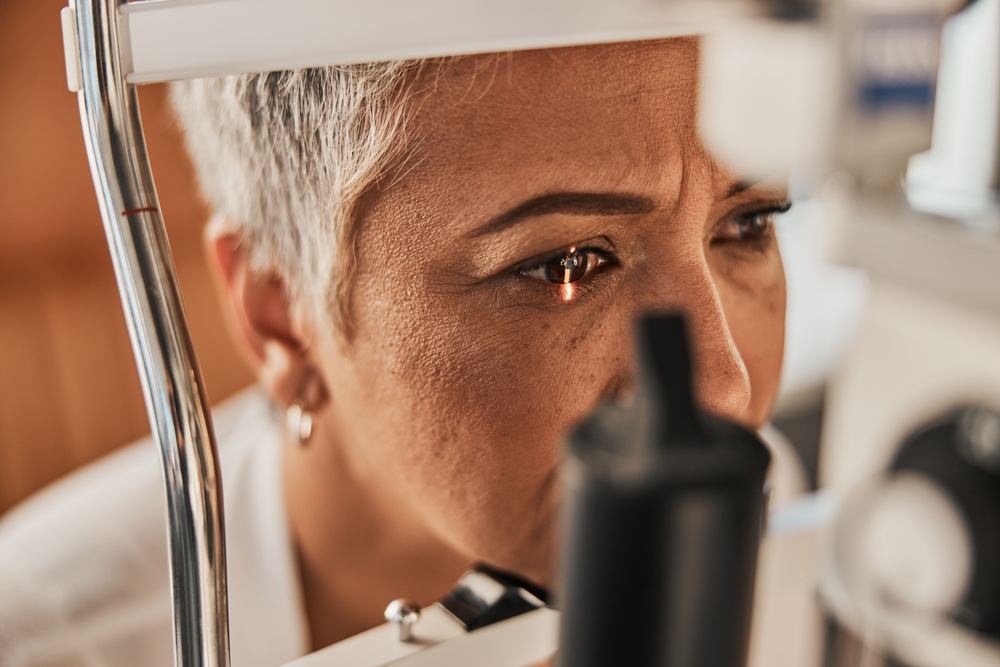
As you age, many parts of your body become less efficient and more prone to disease. One body part that starts experiencing this natural wear and tear is the eyes. They will show the symptoms of age-related changes when you turn around 40 and progress until you are much older. Some changes are signs of more complex conditions, while others are inevitable aging changes.
Vision Changes
Requiring More Light
With age, your eyes will need more light to see clearly than you needed before. Using bright lights in your office or reading desk and in your house will help improve your quality of vision. You will probably need bright lights for any near-vision work you need to do. The need for brighter lights is usually a sign of cataract development.
Difficulty Doing Close-up Work or Reading
Your eye's natural lens usually becomes less flexible, leading to poor vision for close-up work. Reading and other close-up work become much more difficult because your eyes cannot focus on close-up objects. This is usually a sign of presbyopia, a standard age-related vision change.
Issues With Glare
As you age, you may notice you are more susceptible to glare from headlights and reflections. These are usually a result of the change in the eye's lens as it becomes less clear. Lack of a clear eye lens usually leads to light scattering as it enters the eye instead of focusing on one point.
Color Quality
The eye's lens can discolor over time, especially if you are developing cataracts, leading to poorer color perception. The discoloration of the lens leads to poorer color definition and blurring of the shades.
Common Problems
- Presbyopia
Presbyopia is one of the most common age-related problems that affect people as they age. It is a form of farsightedness that does not result from the cornea's flattening or the eyeball's shortening. Presbyopia occurs when the eye's lens loses flexibility and cannot focus on close-up objects.
Cataracts
Cataracts are another common age-related problem and one of the most prevalent causes of blindness worldwide. Cataracts occur when protein builds up and collects on the eye's lens surface, clouding vision. Surgery to replace the eye's natural lens with an intraocular lens is the only treatment option available for cataracts.
Floaters
Floaters are specks of protein clumped together that float across your field of vision. Most people notice them when they enter brightly-lit rooms or on a bright day outside. But when you grow older, floaters may become more frequent and can be a sign of a more severe condition.
Dry Eye Syndrome
Dry eye syndrome is a condition that impacts the capability of your eyes to produce tears and lubricate the eye surface. Dry eye syndrome usually develops due to the malfunctioning of the glands responsible for producing the tear film. You can get treatment for the different forms of dry eye syndrome, with artificial tears being the most common treatment.
For more on vision changes and common problems associated with aging eyes, call Coastal Vision at (888) 501-4496 to reach our office in Orange, California.







